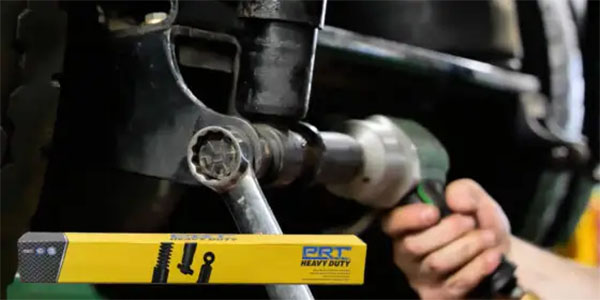Welcome back to our ASE C1 test preparation. We have been talking previously about communicating with the customer and the aspects of handling the knowledge transfer with them. Today we are looking further into the write-up and that has to do with warranties and service contracts.
You may be thinking “we don’t deal with warranties or service contracts at our shop.” That may be true from a sales perspective, but in the write up area it is very important for you to understand and be able to discuss them.
When a customer comes to you for a repair that you know is somehow involved in a manufacturers extended warranty or even an existing warranty, it will be in your best interest to guide them thru the process. Let’s take a moment to walk through the possibilities.
First there is the original warranty. Most are 36 month 36,000 miles. Some however are longer, especially on luxury models. Then there are powertrain or driveline warranties that usually cover engine, transmission and rear end or transaxles. These are usually for up to 50,000 miles and beyond. Next are emission warranties. These cover emission components on most vehicles and can be mandated or required by certain states and or the Federal EPA.
A second tier of coverages are classified as owner notifications or campaigns. These are situations where the manufacturer has identified a group of vehicles or parts that may exhibit early failure or customer concerns and they are willing to replace and or repair under the terms of the original warranty.
All manufacturers issue TSBs, or technical service bulletins. These highlight certain conditions or parts that they have been experiencing issues with. These typically do not offer any extended coverage or implied warranties beyond the original warranties but do include improved repair procedures or changes. There are also situations where the manufacturer uses these to verify that a particular characteristic is a normal condition. Don’t get caught trying to fix something that was designed into the vehicle.
Recalls are very sensitive areas for manufacturers, owners and independent repairers. There are recalls that identify a particular issue and the correction for them. Safety recalls are very serious. They indicate potential harm to the vehicle and or the owner if they are not completed.
The last category to be aware of is aftermarket warranties. Most customers know when they have these. They don’t have the particulars, but they remember buying something. These can be tricky and have many qualifiers for coverage to be enforce. It is best to get the 800 number for the company and make the call before turning wrenches since many of these require pre-authorization.
All of these are possible benefits to your customer. Missing any of them and trying to charge the customer for the repair can be disastrous to your long-term relationship. It is hard to send your customer down the road when you would like to do the repair, but it is the right thing to do for customer satisfaction.
So how do you know? Many of your information systems will flag TSBs or owner notes. With OE warranties it is best to generally familiarize your self with basic understanding of what kinds of coverages are out there. For specifics, call a dealer you buy parts from and have them run the VIN. This will go a long way towards solidifying your relationship with your customer.













